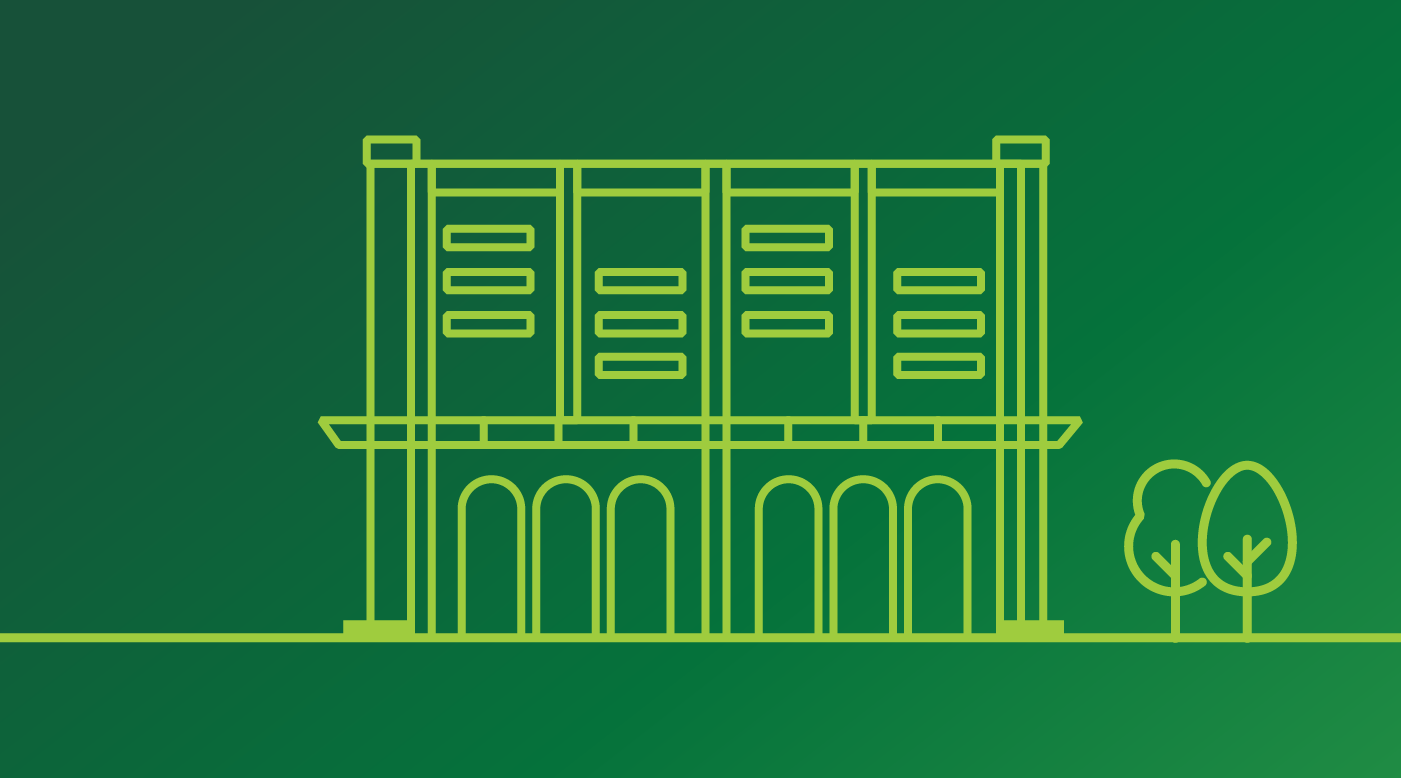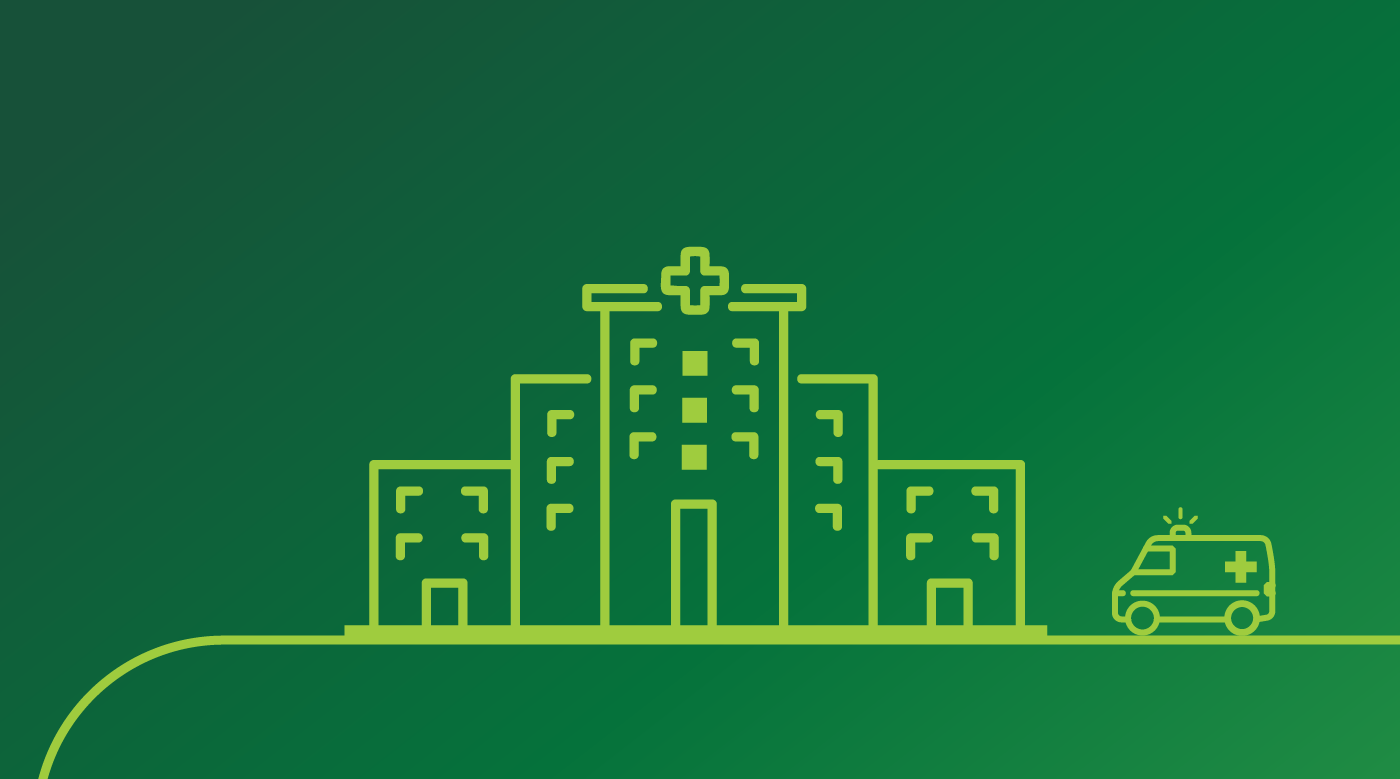Have Questions?
If you didn't find what you were looking for, please check our frequently asked questions.
View Our FAQsThese are the steps we take when restoring power as we work our way toward your home.
These high-voltage lines carry electricity from the generating plant to the substation.

This is where Ozarks receives electricity to distribute to members. Restoring power to a substation can restore electricity to thousands of members.

Next, we repair main lines from the substation that serve hospitals, police stations and other services we all rely on.

Now, we repair power lines that serve multiple homes and businesses.

Finally, if any members are still without power, we visit each one individually. These repairs take the most time.

If you didn't find what you were looking for, please check our frequently asked questions.
View Our FAQs